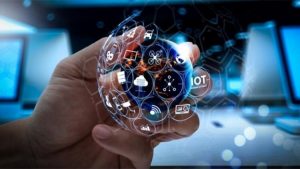Polygraph testing, often referred to as a lie detector test, is widely recognized as a valuable tool in verifying truthfulness across a variety of settings. Whether used in workplace investigations, criminal cases, or private matters, polygraph testing can play a pivotal role in providing critical information that can aid decision-making processes. Although the reliability and accuracy of polygraphs have been debated over the years, when administered by certified professionals under controlled conditions, they can offer a high level of credibility and precision. In workplace investigations, polygraph tests are often employed to resolve issues such as employee misconduct, theft, fraud, or breach of confidentiality. These situations can have severe consequences for the reputation and financial health of an organization, and polygraph testing can help bring clarity to complex cases. Companies often use this method as a part of a broader investigation, allowing them to either confirm suspicions or clear individuals of wrongdoing. The results of polygraph tests can guide employers in making informed decisions on employee actions, which may lead to disciplinary action, termination, or even legal proceedings if necessary.

In criminal cases, Polígrafo tests serve as an investigative tool for law enforcement agencies. Although polygraph results are not always admissible in court, they can be instrumental in guiding investigators toward potential leads or corroborating existing evidence. For example, a suspect who passes a polygraph test may be viewed as more credible, encouraging investigators to shift their focus elsewhere. On the other hand, a failed polygraph test may prompt further interrogation or scrutiny, helping authorities identify inconsistencies in statements or alibis. While polygraph tests are not considered conclusive proof of guilt or innocence, they are often used to support other forms of evidence. Private individuals also seek polygraph testing for personal matters, such as verifying fidelity in relationships, settling disputes, or clarifying doubts in family situations. In such cases, the polygraph can offer peace of mind or a resolution to longstanding uncertainties. Relationship issues, for instance, can be incredibly emotionally taxing, and a polygraph test can help rebuild trust or confirm suspicions.
It is important, however, to approach private polygraph testing with caution and ensure that both parties are willing participants, as the results can have a profound emotional impact. The key to ensuring reliable polygraph testing in any context is hiring an experienced and certified polygraph examiner. Professional polygraphists follow a strict code of conduct and adhere to specific protocols that enhance the reliability of the test. By using scientifically validated techniques and advanced equipment, they can help minimize errors and ensure the results are as accurate as possible. In conclusion, polygraph testing can be a useful tool for uncovering the truth in various scenarios, ranging from workplace disputes to criminal investigations and private matters. While not infallible, its effectiveness depends on the expertise of the examiner, the conditions under which it is administered, and the ethical considerations surrounding its use. However, in most jurisdictions, the use of polygraph tests in employment settings is strictly regulated, and ethical considerations must always be taken into account.

